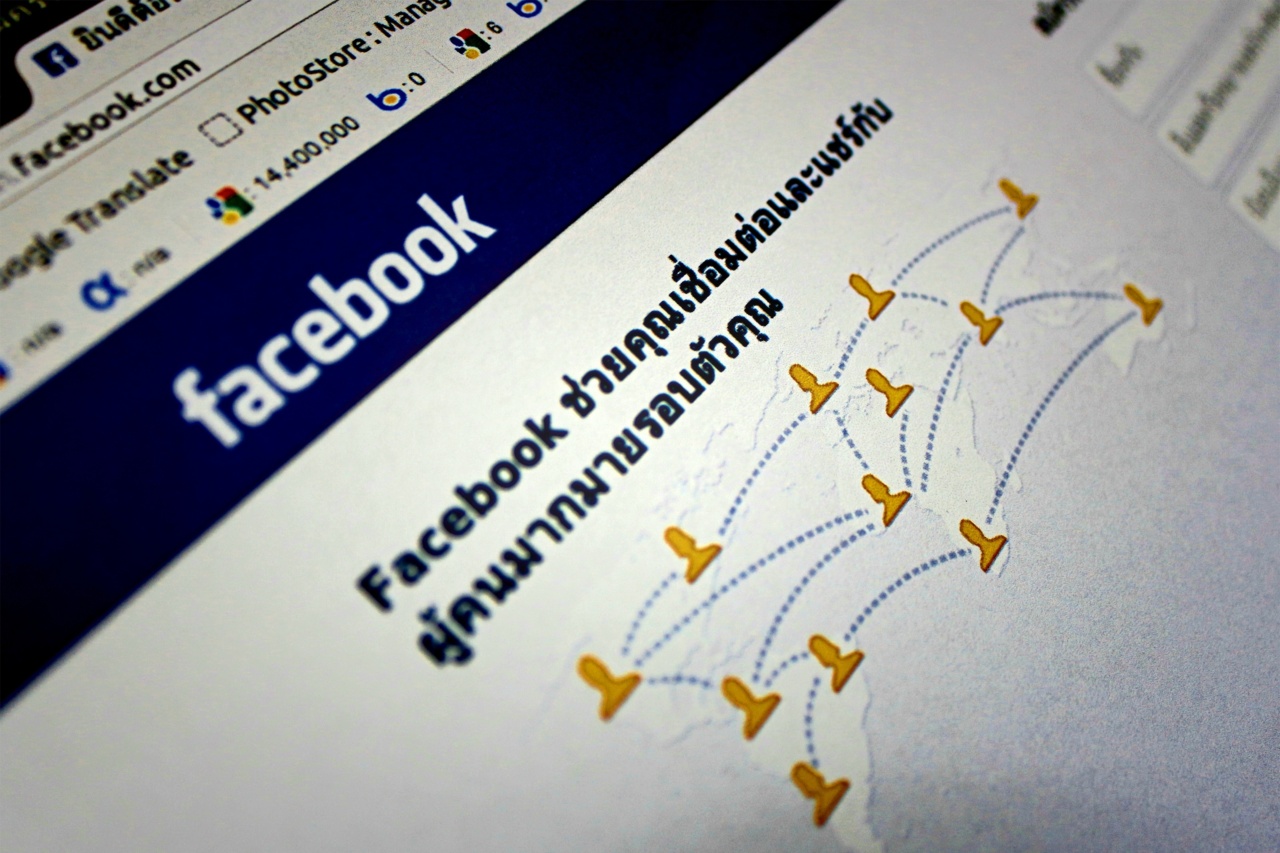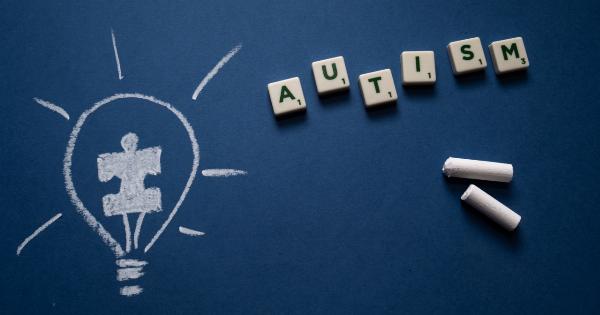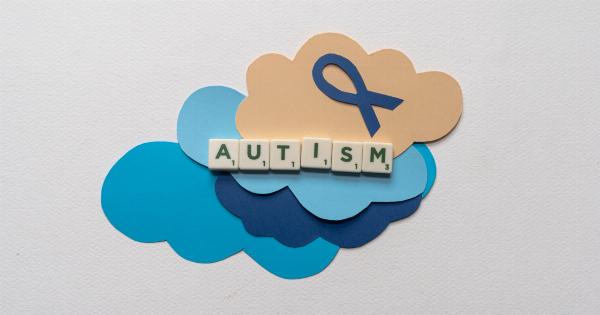Autism, also known as Autism Spectrum Disorder (ASD), is a neurodevelopmental disorder that affects communication, social skills, behavior and interests.
Although autism is not curable, therapies, interventions, and support services can improve quality of life for people with autism and their families. However, these interventions and support services can be costly, and the financial impact can be significant.
Additionally, social ramifications can include stigmatization, isolation, and discrimination, creating further challenges for people with autism and their families.
Financial Impacts
The financial cost of raising a child with autism can be significant. According to a report published by Autism Speaks, the lifetime cost of caring for a person with autism can range from $1.4 million to $2.4 million.
This is due to the cost of therapies, medications, and support services, as well as the added expense of specialized education and housing.
Another significant financial impact is the loss of income for parents of children with autism. Often, one parent needs to stay home to care for the child, reducing the household income.
In some cases, the cost of care is so high that families do not have a choice but to go into debt or declare bankruptcy.
Support Services
Support services are essential for people with autism and their families. These services can include behavioral therapy, speech and language therapy, occupational therapy, and physical therapy.
Additionally, there are programs and services available for adults with autism that assist with employment and independent living.
However, accessing these services can be a challenge. There can be long waiting lists for publicly funded services, and private therapy can be prohibitively expensive.
Additionally, many insurance plans do not cover the cost of autism-related therapies and interventions.
Education
Education is a significant cost for families of children with autism. Often, specialized schools are necessary, which can come with a hefty cost.
Additionally, families may need to move to an area with better access to services and specialized schools, adding to the financial burden.
However, there are resources available to help families with the cost of education.
For example, the Individuals with Disabilities Education Act (IDEA) requires that public schools provide accommodations and services for students with disabilities, including autism. Additionally, some states have scholarship programs and tax credits available for families with children with autism.
Employment
People with autism often face challenges finding and maintaining employment. According to the National Autistic Society, only 16% of autistic adults are in full-time employment, and just 32% are in some form of paid work.
Additionally, people with autism may require specialized accommodations in the workplace, which can add to the cost for employers.
However, research has shown that accommodating employees with disabilities can be beneficial for employers in the long run, as it can improve employee retention, reduce absenteeism, and increase productivity.
Stigmatization and Isolation
Stigmatization and isolation can have a significant impact on people with autism and their families. Stigmatization can lead to discrimination and can make it difficult for people with autism to access services and participate in the community.
Isolation is also a significant concern. People with autism may struggle to make friends and connect with others, leading to social isolation. This can also create challenges for families, as they may feel isolated and unsupported.
Conclusion
Autism can have significant financial impacts on families, and accessing support services can be a challenge. Additionally, stigmatization and isolation can create further challenges for people with autism and their families.
However, resources and supports are available to help mitigate these challenges and improve the quality of life for people with autism and their families.



























